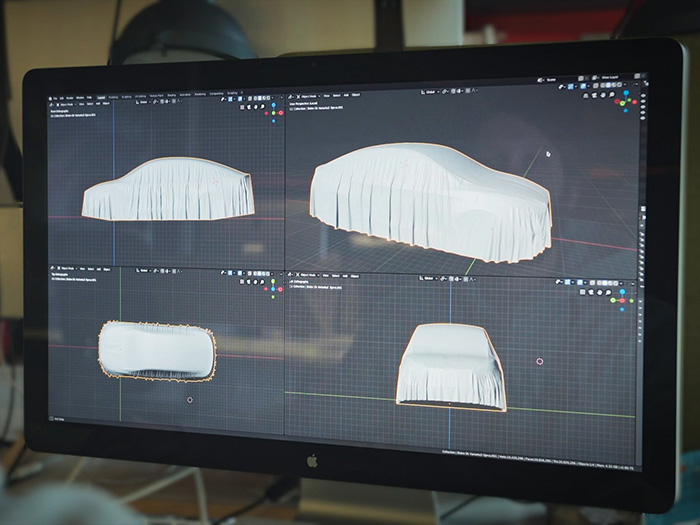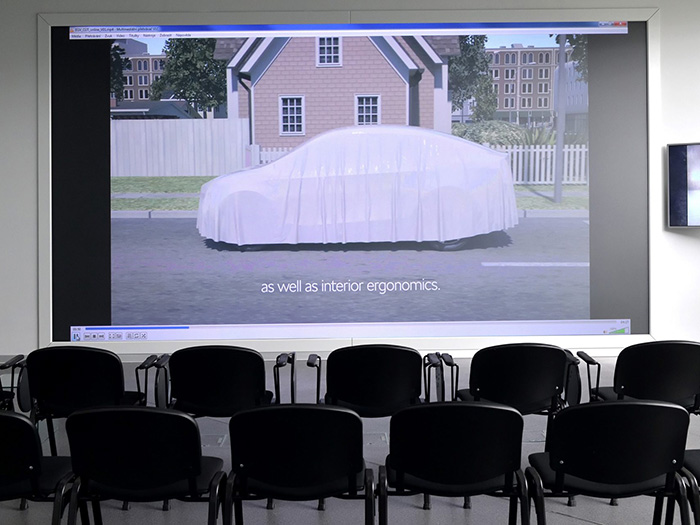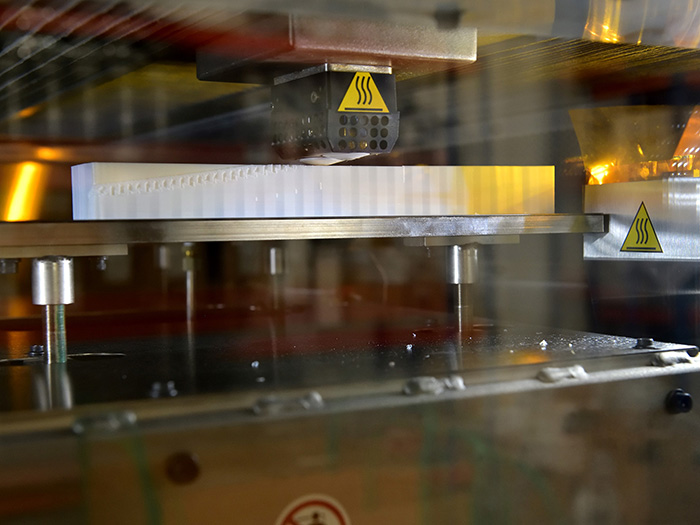From 3D models to road tests: how Å KODA develops its prototypes
A look inside the department where prototypes of future ŠKODA models are built. The cars here are still at an embryonic stage, which begins several years before you get to see them on the road and secrecy is taken very seriously.
Forget about posting selfies on the social media – the staff at ŠKODA’s EGV department have to respect strict rules around confidentiality and need a special pass to get in the office. The department employs roughly 330 people in Mladá Boleslav, Kvasiny and Vrchlabí. They work on prototypes of new cars when they are still at an embryonic phase. This stage of development is the conceptual part and begins when the first full-scale models are built from clay.
The 3D scanning of the designers’ clay models is followed by a virtual presentation and then by the production of “hard” models in sheet metal, which look exactly like the future cars, but are not yet the real thing.
Virtual and 3D

“First of all, we use the 3D scanner to convert the clay model of a car into a virtual model, rendering it as 3D data. Our colleagues from the Pre-Development Department then get down to work and create precise surfaces. On the strength of these surfaces, we prepare ‘virtual presentations’, i.e. virtual scenes, where our colleagues from Technical Development can assess a potential car for development and testing. Besides enabling us to accurately display every detail of the car, this process also allows us to simulate interior ergonomics and views from the car. All adjustments and changes are made digitally,” explains David Vaněk, Head of Prototype and Model Construction.
Considering all aspects

If we were to simplify car development, we might say that the virtual stage is followed by the prototyping and prototype testing stage. At this point, ŠKODA development engineers have enough information about the exterior and interior surface and do not need to design the entire car down to the last detail.
EGV staff take this data from the engineers and use it to create a working prototype, establish the technological processes and technologies, design and deliver prototyping tools, order and manufacture all necessary parts, and plan the production process and software solutions. “We need to plan the breakdown of the prototype down to the last screw and choose appropriate technologies that will be suitable in the subsequent testing of cars,” Vaněk explains.
Building a prototype

Prototype body parts are pressed from sheet metal, and both manual and robotic work stations are used to build the body. The finished bodywork is then painted in the same way as any other mass-produced car. 3D printers make some of the exterior or interior parts.
The prototype is then assembled. As soon as the complete chassis is ready, the body is mounted on the chassis. The cockpit is then assembled and the electronics hooked up - they are activated at the end when the required software is also installed and all the driver-assistance systems are calibrated. Finally, the finished car is thoroughly checked, to make sure that it is functioning as planned.
Years of testing
The prototype is now ready for all the tests it has to undergo. Although the proportion of development conducted virtually is increasing all the time, dozens of bodies and test prototypes still need to be made for each new model.
“By the time a new car begins production, it has already covered over two million kilometres and undergone thousands of hours of testing. Prototypes are exposed to extreme conditions in an environmental chamber and undergo driving tests, safety testing in the form of crash tests, and tests of their overall functionality. Each component is also quality controlled,” says Vaněk.
Production begins
The results of each test either confirm that development of the new car is headed in the right direction, or result in changes that need to be made. From time to time practical tests reveal areas that can be improved. At this stage, designers and engineers perfect the process, providing input data for prototype construction and verifying that their designs work.
Finally, EGV staff pass on their experience to the production units responsible for mass production of the future model. When everything is ready for the production line and the car’s public launch, the role played by prototypes comes to an end. Customers never come into contact with prototypes and, once they are no longer required, their materials are recycled.
Source: ŠKODA Auto
